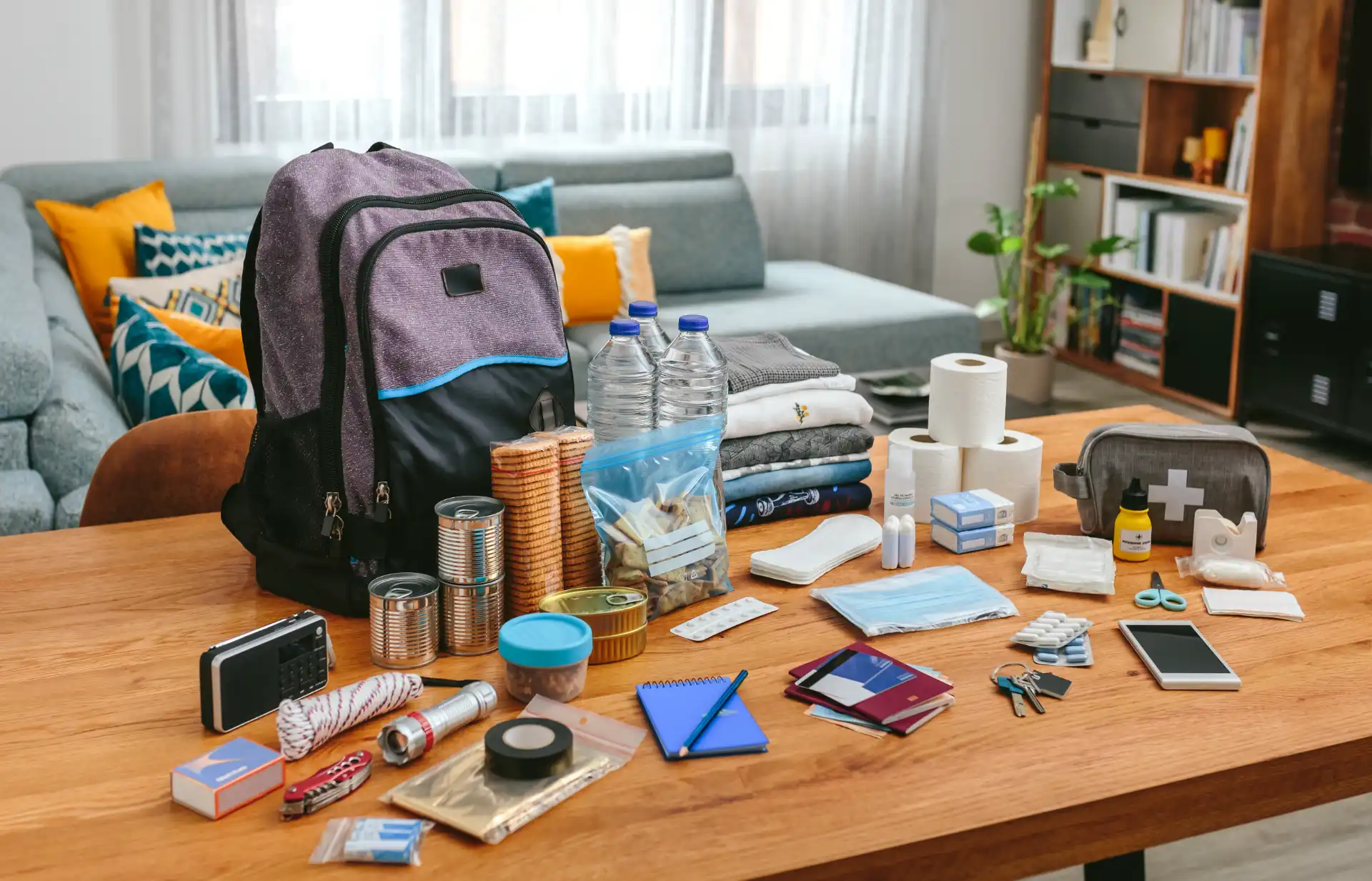Urban Survival Gear Checklist: What to Carry When SHTF in the City
Cities are survival pressure cookers. In a major crisis—blackouts, riots, EMPs—you’re surrounded by people, noise, and unpredictability. You can’t rely on cars, stores, or public services. You need a plan, and more importantly, the right urban survival gear.
This 2025-ready checklist covers the essential tools and items every urban prepper should carry. Whether you’re bugging out, hunkering down, or maneuvering through chaos, this gear gives you the tactical edge.
1. The Right Bag: Compact, Durable, and Discreet
- Urban Go-Bag: A medium-size backpack (25–40L) with padded straps and multiple compartments
- Color: Neutral, low-profile (black, gray, navy—avoid camo)
- Features: MOLLE webbing optional, water-resistant shell
Your bag should blend in, not scream “I have supplies.” Avoid military styling unless you’re comfortable with the attention it might draw.
2. Water Filtration and Containers
- Lifestraw or Sawyer Mini: Compact, no batteries needed
- Collapsible water bottles: Easy to store and refill
- Water purification tablets: Backup for questionable sources
City water systems fail quickly. Carry enough for at least 24–48 hours on foot.
👉 Related: Grid Down Survival: Living 30 Days Without Power
3. Urban Navigation Tools
- Offline maps: Paper city map or downloaded maps on a powered-down device
- Compass: Small and analog—don’t rely on GPS
- Whistle or signal mirror: For signaling or drawing attention if injured
In a dense city grid, traffic and roadblocks force improvisation. Know your alternate routes.
4. Light and Power
- Compact flashlight (with strobe): LED, waterproof, multiple modes
- Headlamp: Keeps your hands free in dark buildings or tunnels
- Power bank (charged): Lithium or solar-powered USB bank
Don’t forget extra batteries—or go rechargeable with a solar panel pouch on your bag.
5. Self-Defense and Personal Security
- Multi-tool with blade: Tactical functionality without excess bulk
- Pepper spray or tactical pen: Legal and discreet for most locations
- Paracord (25ft+): For lashing, escape, or makeshift repairs
Only carry legal tools for your area. Training trumps gear—always know how to use what you carry.
6. First Aid Essentials
- Tourniquet + gauze: Bleed control is #1 in urban violence or accidents
- Wound closures, antiseptic, gloves: Street injuries are infection magnets
- Daily meds + water tabs: 3-day supply minimum
City survival often means improvising care. Carry what ERs use first.
7. Shelter and Warmth (Minimal but Effective)
- Emergency bivy sack or thermal blanket
- Folding poncho: Protection from rain, cold, wind, and dust
- Lightweight gloves and buff/face wrap
Exposure is a killer—even in cities. Prepare for a night in an alley or rooftop.
👉 Also read: Building a Bug-In Survival Plan
8. Critical Docs and Emergency Contacts
- USB thumb drive: Scanned IDs, medical records, plans
- Laminated emergency card: Phone numbers, addresses, meds
- Pen and notepad: Communicate without tech, log events
In chaos, information is survival. You’ll want backup copies of everything that matters.
9. Masks and Safety Gear
- N95 or half-face respirator: For smoke, debris, or viral risk
- Safety glasses or goggles: Eyes are vulnerable in riots or debris zones
Urban environments = unpredictable air. Stay ready.
Conclusion: Move Fast. Stay Ready. Stay Low-Profile.
Urban survival requires agility, awareness, and the right gear. You don’t need to carry everything—but every item should serve a purpose. Review your kit regularly and test it in your actual city environment.
With the right urban survival gear, you can navigate any threat—from blackout to breakdown, protest to panic. Train for speed, plan for the worst, and blend in while staying three steps ahead.
✔️ Continue reading:
- EMP Attack Prep: What to Do Before and After the Grid Fails
- 72-Hour Emergency Plan: Survive the First 3 Days
Pack light. Think smart. Survive the concrete jungle.
